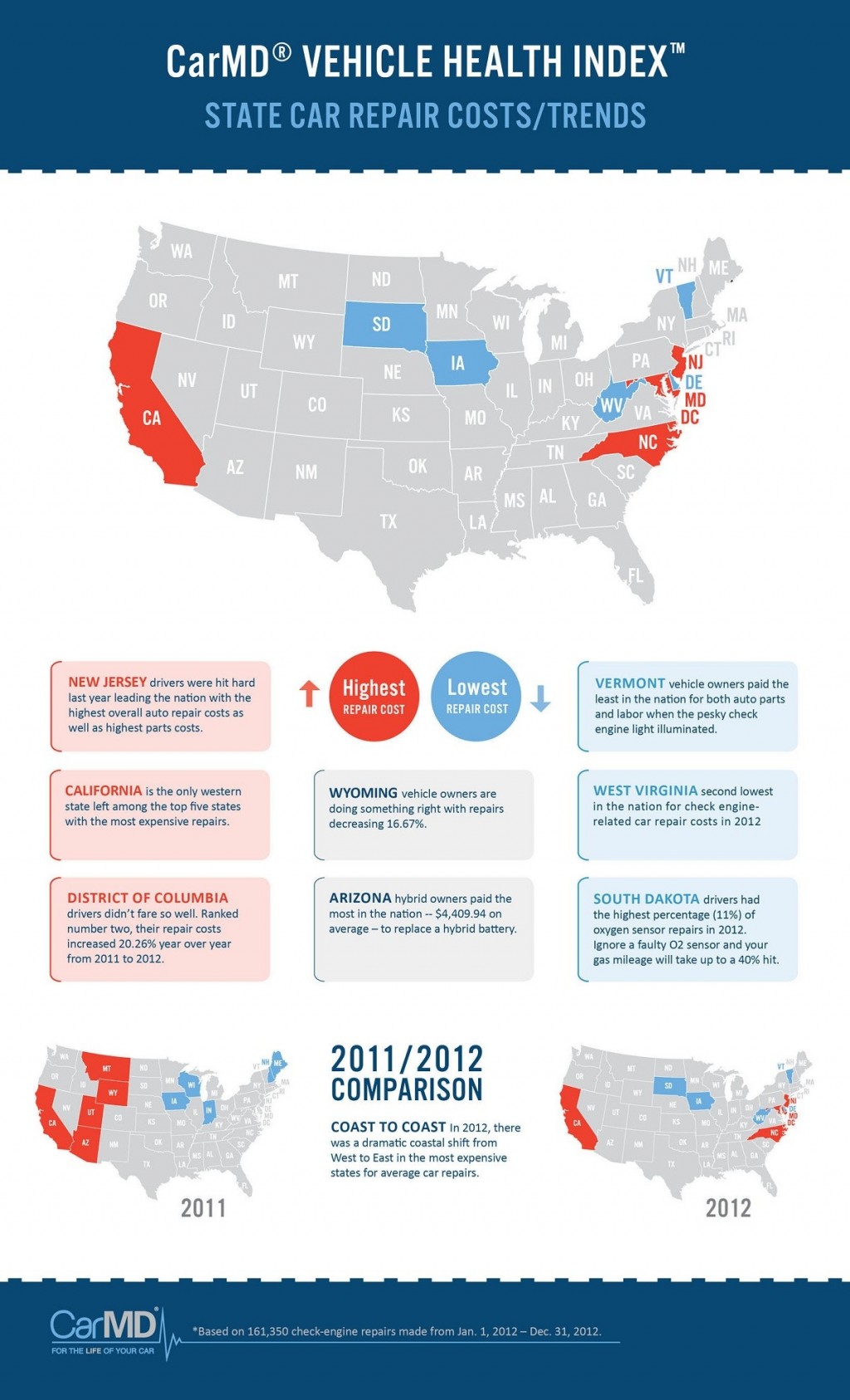When you lag the wheel, those glowing caution lights on your dashboard can be a little bit perplexing. Do you know what they're trying to inform you about your auto's health? Understanding the value of these lights is crucial for your safety and the durability of your automobile. So, the next time among those lights appears, would not you wish to decipher its message accurately and take the required actions to resolve it?
Common Warning Lighting and Interpretations
Identify typical caution lights in your automobile and understand their significances to make sure risk-free driving.
One of the most regular warning lights include the check engine light, which indicates problems with the engine or exhausts system. If this light comes on, it's essential to have your vehicle checked promptly.
The oil stress warning light indicates reduced oil stress, calling for prompt attention to avoid engine damages.
A flashing battery light may recommend a malfunctioning charging system, potentially leaving you stranded if not dealt with.
The tire pressure surveillance system (TPMS) light notifies you to reduced tire stress, influencing vehicle security and gas efficiency. Neglecting this could lead to risky driving conditions.
The abdominal muscle light shows a problem with the anti-lock braking system, endangering your capability to quit quickly in emergency situations.
Finally, the coolant temperature cautioning light warns of engine overheating, which can lead to severe damages if not fixed swiftly.
Understanding these common warning lights will assist you attend to concerns immediately and maintain risk-free driving problems.
Importance of Prompt Focus
Understanding the typical warning lights in your car is only the primary step; the value of promptly resolving these cautions can't be stressed sufficient to ensure your safety and security when traveling.
When a warning light illuminates on your dashboard, it's your vehicle's means of communicating a possible problem that needs interest. Disregarding visit the up coming post can bring about a lot more serious troubles down the road, compromising your safety and possibly costing you a lot more in repairs.
Trigger interest to alerting lights can stop break downs and mishaps. For instance, a flashing check engine light can suggest a misfire that, if left ignored, could cause damages to the catalytic converter. Addressing this without delay can conserve you from an expensive repair service.
Similarly, a brake system cautioning light may signal reduced brake fluid or used brake pads, essential components for your security when driving.
Do It Yourself Troubleshooting Tips
If you discover a warning light on your control panel, there are a couple of do it yourself fixing pointers you can try prior to seeking specialist aid.
The very first step is to consult your automobile's handbook to recognize what the details warning light shows. In some cases the problem can be as basic as a loosened gas cap causing the check engine light. Tightening up alien detailing may settle the problem.
An additional common problem is a low battery, which can activate various cautioning lights. Checking the battery links for corrosion and guaranteeing they're protected may repair the trouble.
If a warning light persists, you can attempt resetting it by separating the automobile's battery for a couple of mins and afterwards reconnecting it. In addition, checking your car's liquid levels, such as oil, coolant, and brake fluid, can assist repair advising lights associated with these systems.
Conclusion
To conclude, comprehending your vehicle's caution lights is essential for maintaining your lorry running efficiently and securely. By immediately addressing these informs and understanding what they indicate, you can avoid expensive repairs and prospective failures.
Bear in mind to consult your vehicle's manual for specific details on each cautioning light and do something about it as necessary to make certain a hassle-free driving experience.
Stay informed, stay risk-free when traveling!
